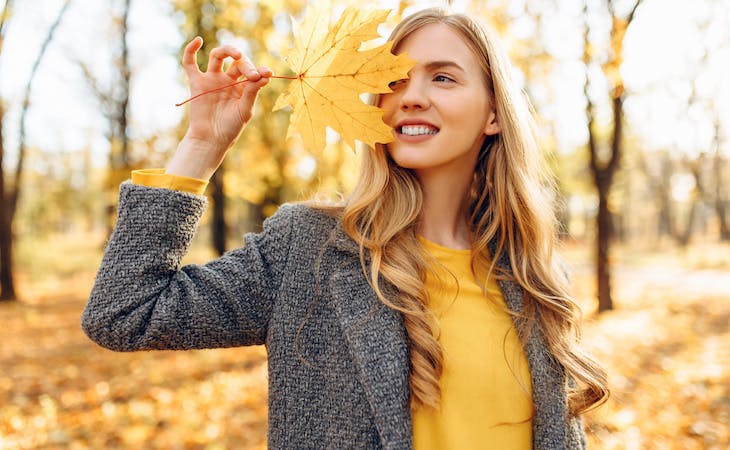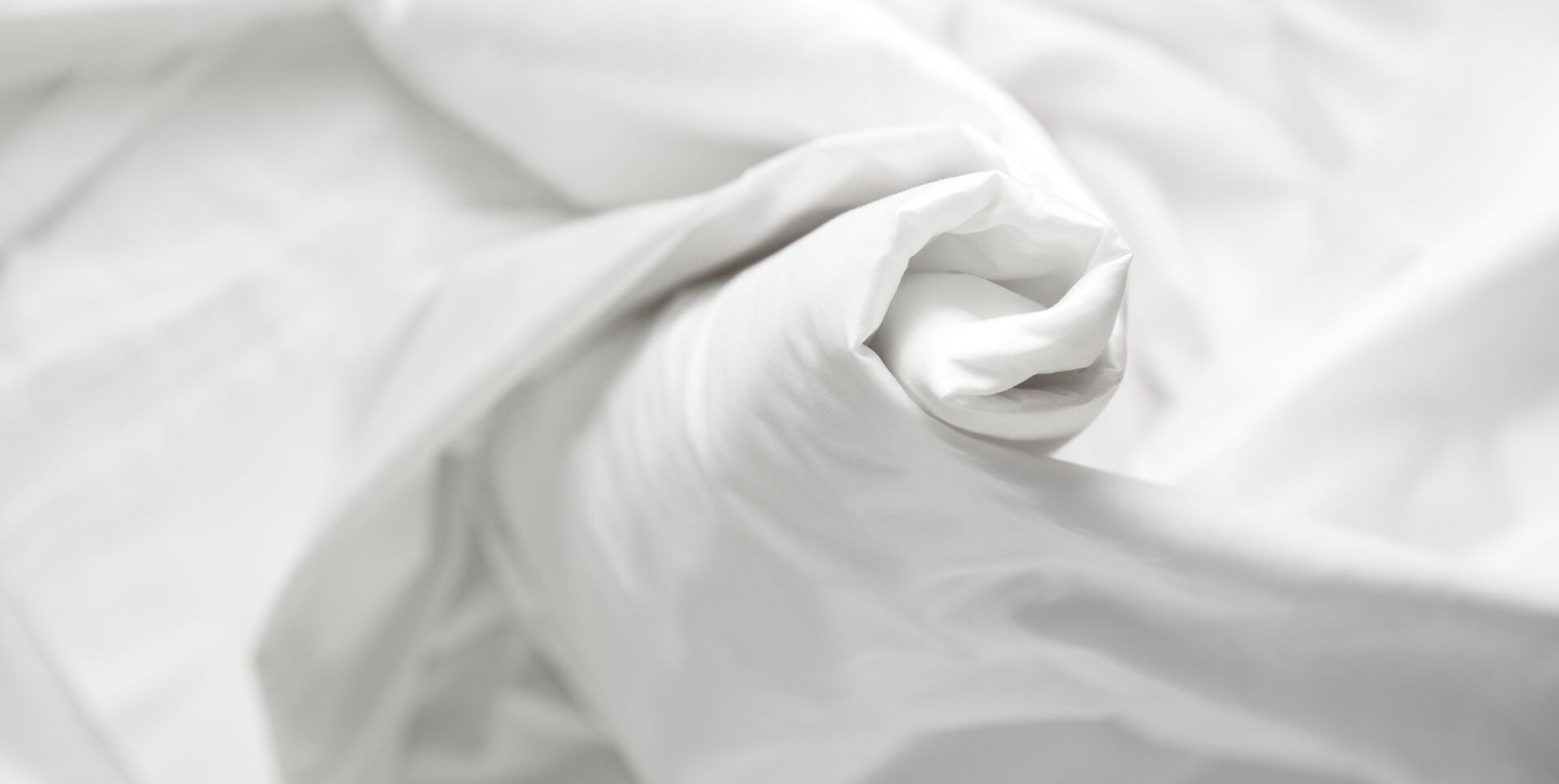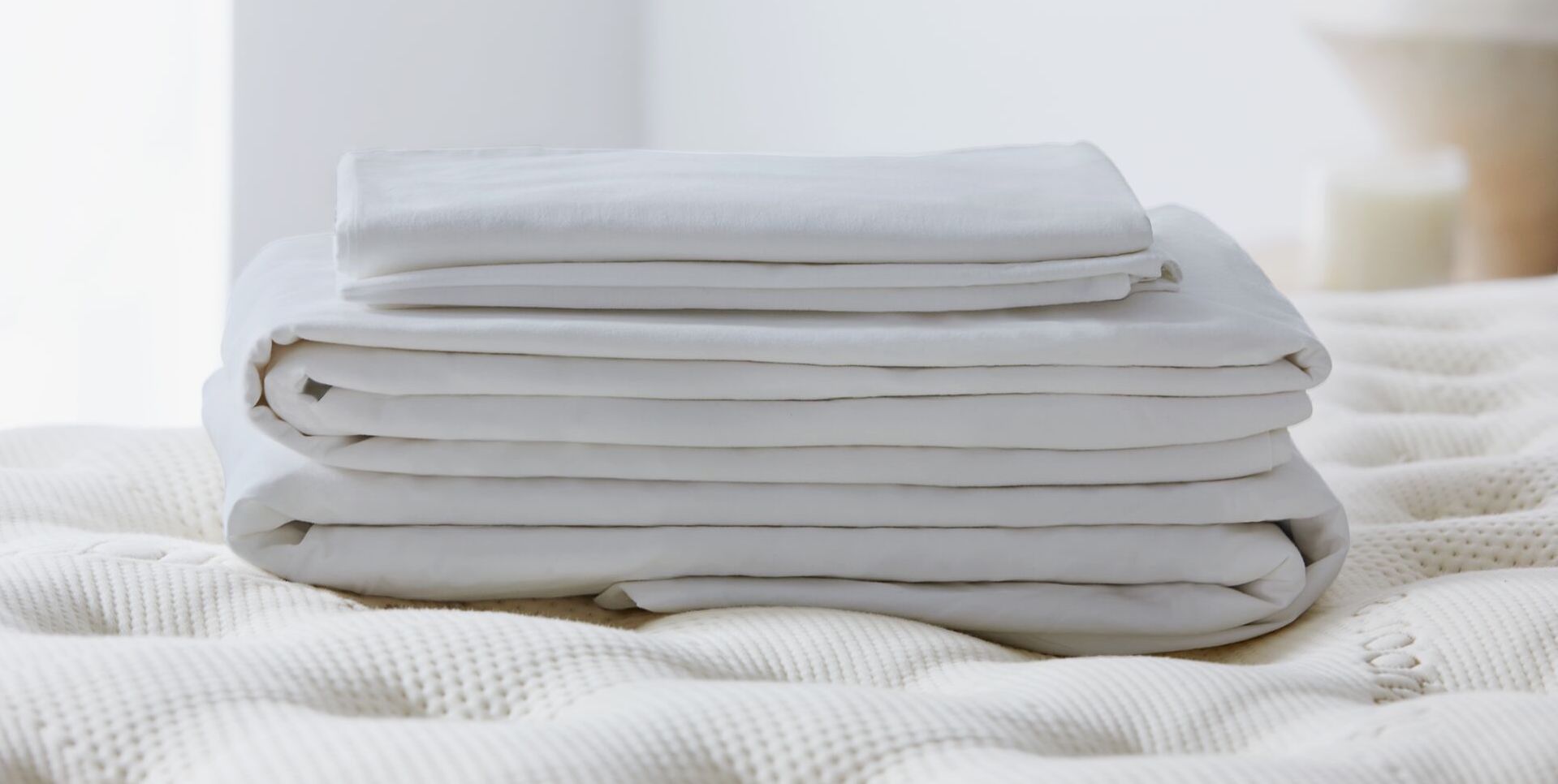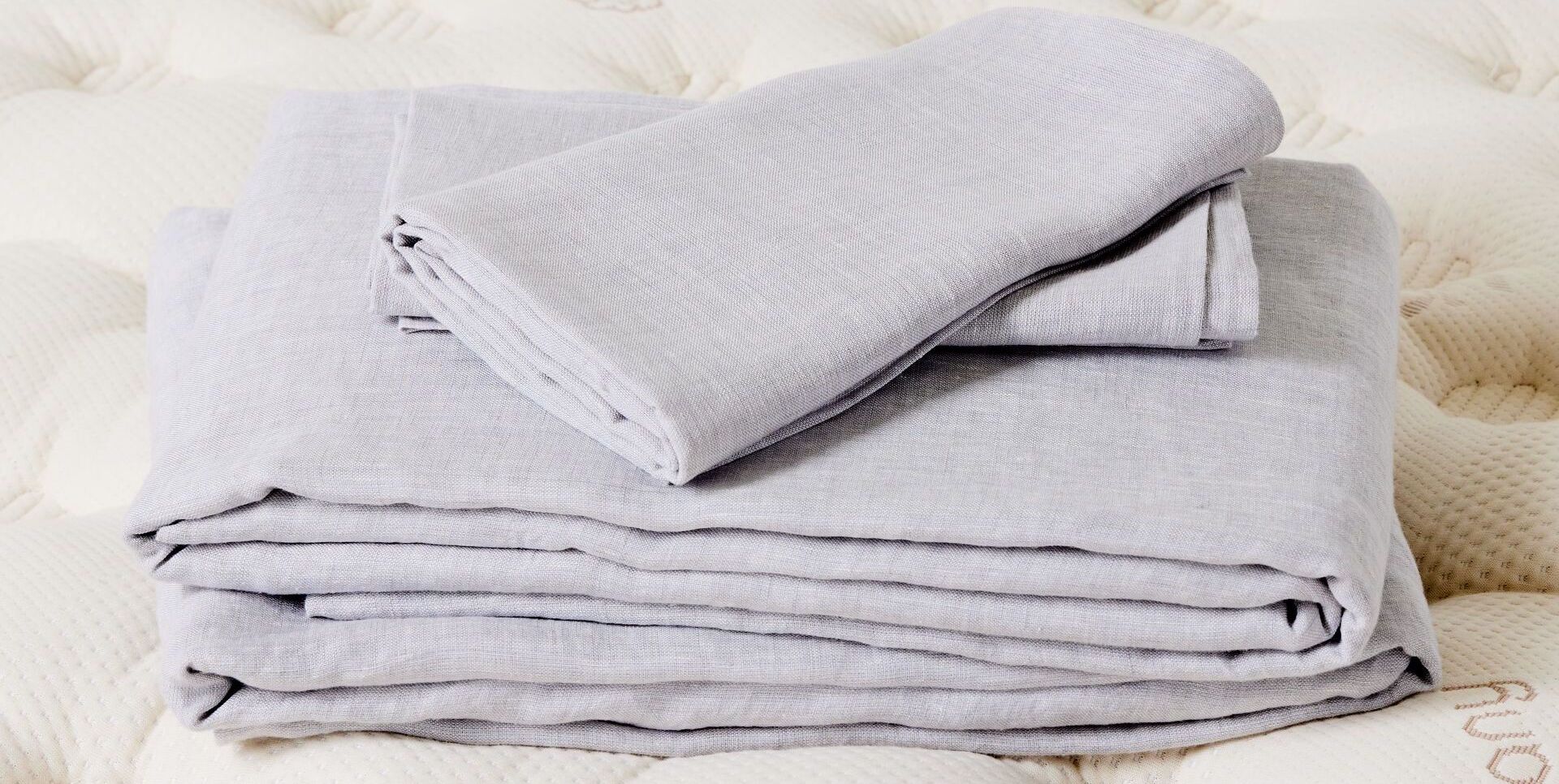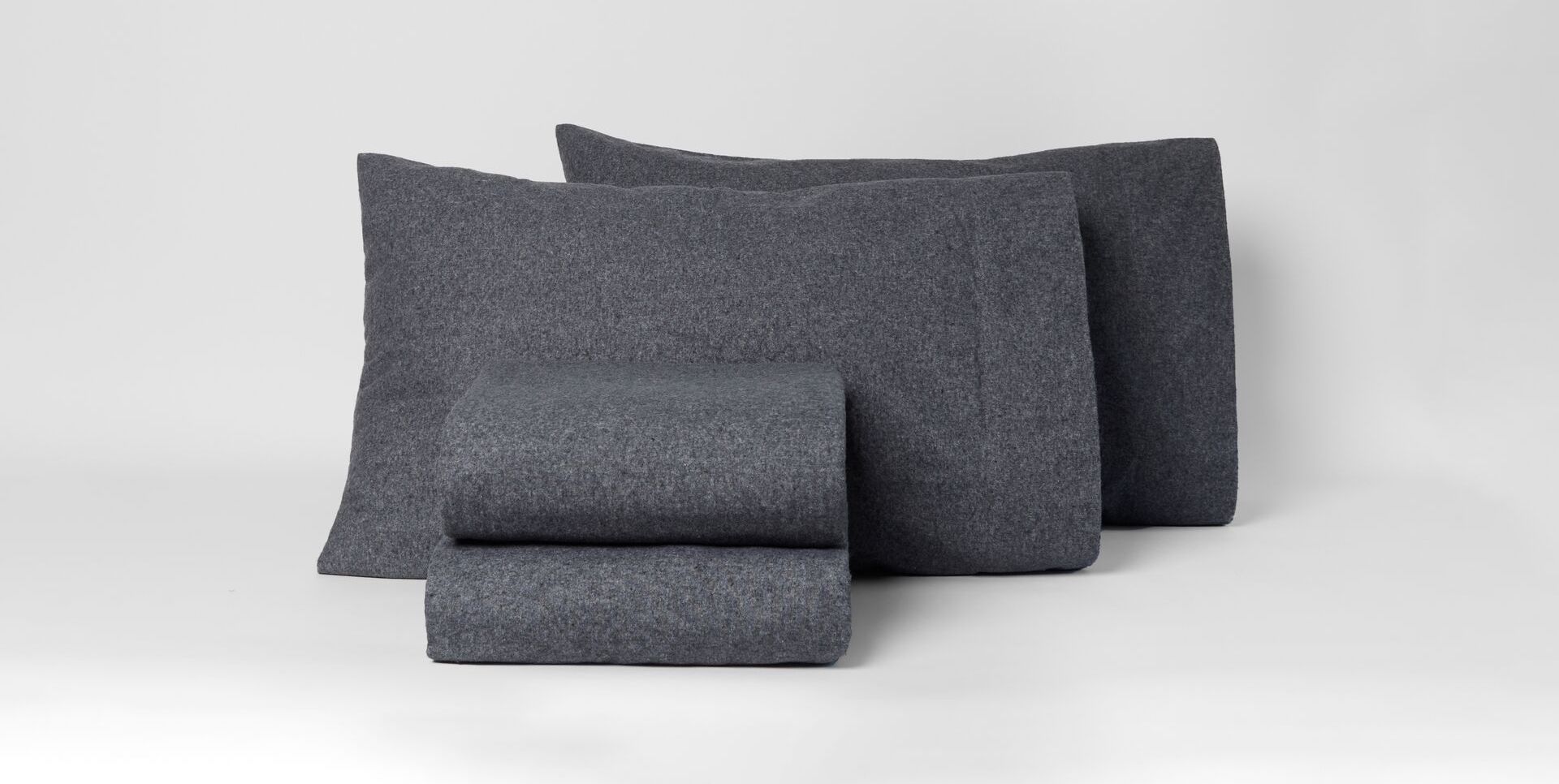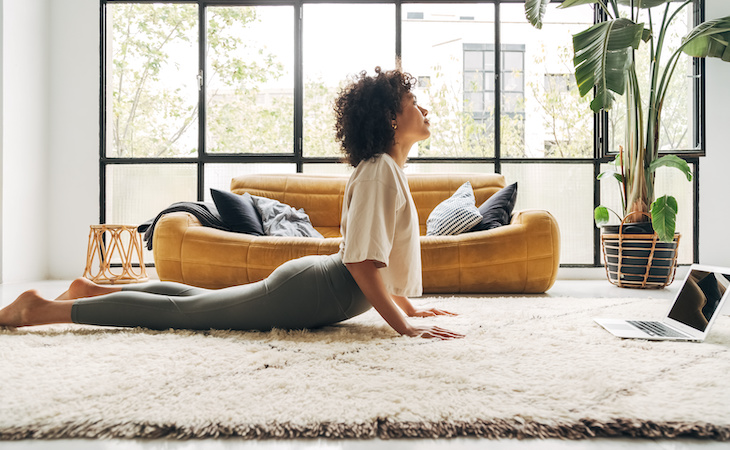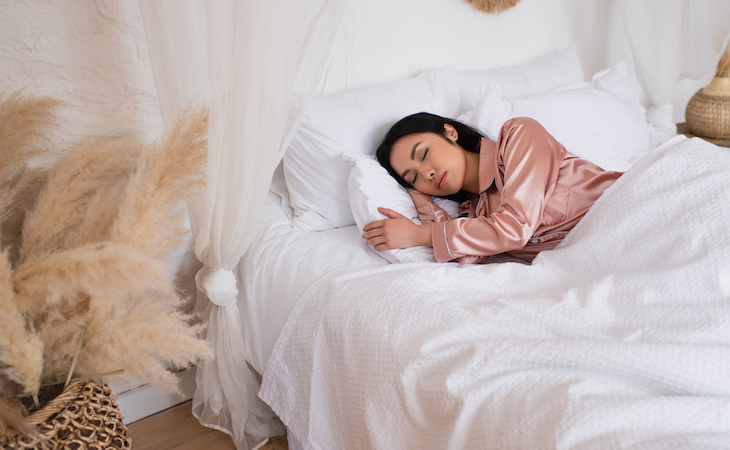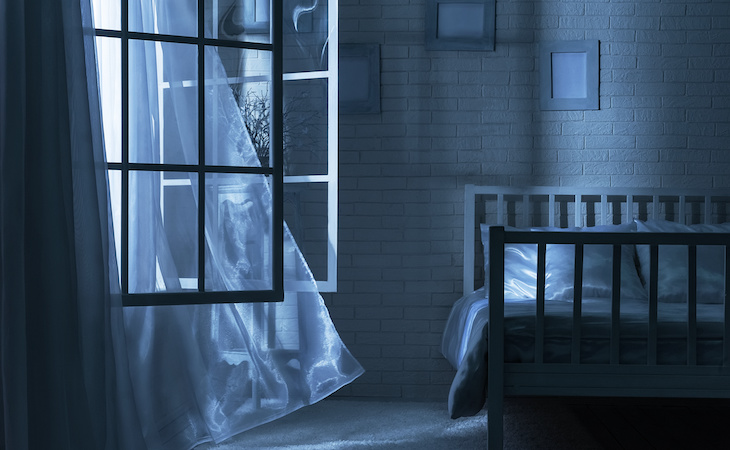Autumn means dramatic color, melancholy love songs, and fond farewells to the outdoor fun of summertime. In theory, its cool nighttime temperatures and earlier darkness should support your sleep. But in reality, shrinking daylight hours and the hormonal changes it causes in your body can affect both your sleep and waking hours. It can also affect your mood and energy.
Here are the problems that can affect your sleeping during the fall and advice for dealing with them so you can sleep soundly all season long.
Less daylight
The shorter daylight time in the fall, especially after the end of Daylight Saving Time (DST), means your body starts to prepare you for sleep earlier than usual.
“Given that light comes later and later every day, this means we tend to sleep longer and heavier, as it takes our melatonin levels longer to drop each night,” says family practice physician Peter Bailey, MD. “Assuming you get up at the same time every day for work or school, this can have the effect of making us feel sleepy or groggy each morning.”
The shifts in our circadian rhythm can “put us out of balance during the cold months,” says psychologist Shagoon Maurya, founder of ursafespace.com. The shorter days and longer nights can create a disconnect between our body’s earlier production of melatonin and our actual sleep and wake times.
“This misalignment is the cause of the depression, overeating, sluggishness, and other symptoms many people experience every winter,” says Maurya.
One thing you can do to prevent the end of DST from wrecking your sleep? Try taking a short nap (30 minutes or less) pre- and post-time change to restore lost sleep. Maintaining your regular exercise routine and a healthy diet can also go a long way toward improving your sleep quality and keeping your sleep cycle on track.
Fatigue and depression
Less sunlight means your body produces less Vitamin D. Besides keeping your bones and muscles strong, Vitamin D also affects the production of serotonin, the “happy hormone.” Lowered serotonin can contribute to feeling tired and depressed—symptoms that may mean you have Seasonal Affective Disorder (SAD).
SAD is a type of depression brought on by a lack of sunlight. Although it’s typically associated with winter, SAD’s symptoms can begin in the fall. (SAD can also occur in the summer, although less frequently.)
Symptoms of SAD include low energy, hypersomnia (excessive daytime sleepiness or excessive time spent sleeping), increased appetite, and social withdrawal (you feel like “hibernating”).
“Our mental health is strongly tied to the quality of sleep we get at night,” says Bailey, “and suffering from SAD can have significant negative effects on our mental outlook.”
He points out that light therapy is one of the best ways to mitigate the effects of SAD. “Simple $20 lights off Amazon can provide a major boost to mental outlook,” he says, “allowing for the release of melatonin and easing you into sleep.”
Maurya also offers several other suggestions for dealing with SAD:
- Exercise to counter the lethargy that comes with SAD.
- Get as much sunshine as possible by keeping blinds open and going for a walk when the sun is out.
- Stick to a schedule “to expose yourself to sunlight at consistent and predictable times.”
- Socialize “to stay proactive and feel supported during tougher times.”
- Consult a therapist “if your case of SAD is severe and majorly hinders your daily life.”
Hot, dry indoor air
“Colder temperatures outside can mean that we crank up our thermostats, which actually can reduce the amount of deep sleep we have,” says therapist Lauren Cook, PsyD. “So even though it can feel chilly outside and we want to snuggle up with blankets,” it’s better to keep it cool inside, she says.
The National Sleep Foundation notes that the best temperature for sleep falls between 60° and 67° Fahrenheit.
Bailey explains that sleeping in a cool room lets our bodies maintain the cooler temperature they dip to as they prepare for sleep. “This facilitates maintenance of that cool body temperature and allows for deeper, more restorative sleep,” he says.
Another benefit of embracing the cooler fall weather while you sleep? “Cold temperatures also regenerate our mitochondria, or brown fat—the powerhouse of each cell,” explains Nadia Charif, RD, sleep hygiene advisor at coffeeble.com. “So we feel even more refreshed and focused during the day when we sleep in the cold at night.”
Cold and flu
Unfortunately, fall also ushers in the start of cold and flu season. In the cooler, drier air, our airways become passageways for unwanted microbial invaders to enter our bodies and wreak havoc.
“When you sleep, the best way to breathe is through the nose,” says Darria Long Gillespie, MD, emergency room doctor and author of Mom Hacks. “However, if your nose is stopped up, that can make it difficult, causing you to wake up more frequently or have a poorer quality sleep.”
Clearing out mucus and bacteria from your sinuses before you hit the sack can help relieve any discomfort you’re feeling and let you hop into bed a little bit more cleared up, says Long Gillespie.
“Before you go to sleep, the most effective way to clear your nasal and sinus passages is with irrigation such as a neti pot,” she says.
If that won’t work for you, Long Gillespie suggests trying a saline spray. You can also take a hot shower to open your nasal passages before bed. This will loosen mucus and help you relax.
Too much comfort food
We all know that cooler fall temperatures bring a heartier appetite. And of course, the great American autumn holiday known as Thanksgiving brings with it a cornucopia of opportunities to over-indulge in all the special foods prepared for the occasion.
Although the poor Thanksgiving turkey gets blamed for causing the after-dinner sleepiness, fatigue, and brain fog, the fact is the urge to nap after a holiday feast is mostly because of our over-indulgence.
We essentially put ourselves into a food coma—an actual thing with scientific backing, also known as postprandial somnolence. The best way to avoid a food coma is to space out your eating throughout the day, rather than gorging on one giant meal, and keep to your regular sleep-wake schedule as much as possible.
The new fall season offers the perfect opportunity to transition your sleep space. Here’s how to decorate your bedroom for fall so that it’s comfortable, cozy, and conducive to your best night’s sleep this season.





